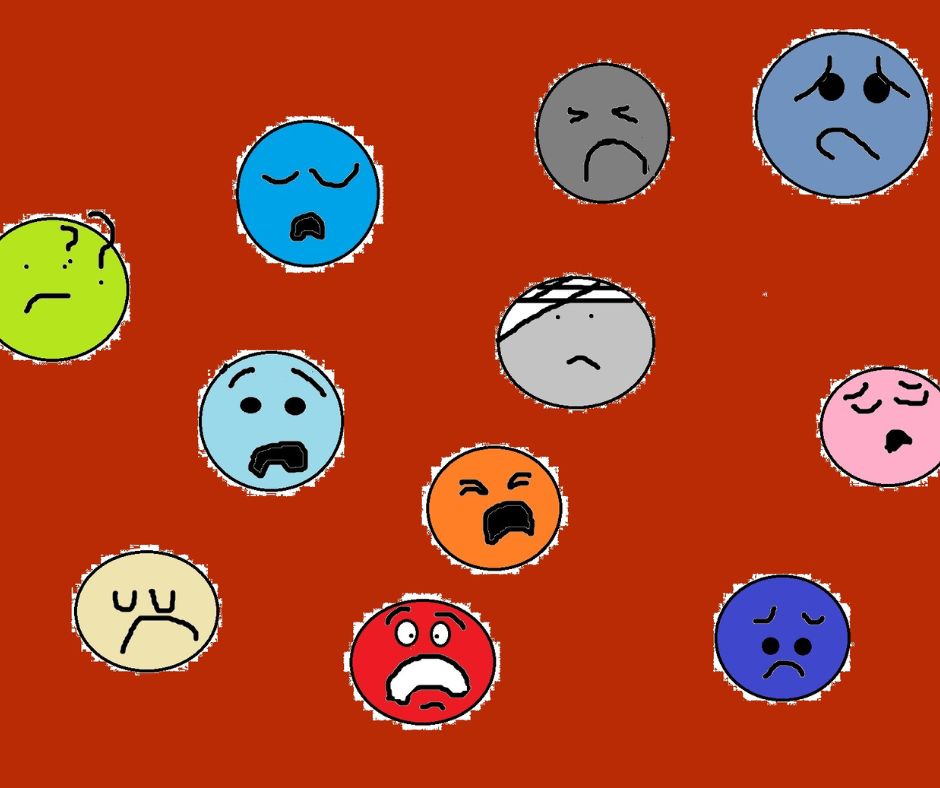
Anger is feared in our society. From an early-age children are taught that Anger is bad and they are taught to suppress it.
Children are rarely taught how to manage anger effectively. Consequently, many adults run from or push away an angry person instead of taking the time to calm the other person and respectfully seek to understand what the problem is.
An important thing to remember in this is that when confronted by an angry person, if you want to stay calm you will be able to. Anger is only contagious if you allow it to. But if you want to feel angry you will get angry at their behaviour. So managing a situation of anger is very possible.
When anger is approached that way, it is frequently permanently defused and a win win resolution is achieved for both you and the angry person.
What anger isn’t.
The following things are what anger is not:
• Aggression
• Bad
• To be avoided at all costs
• Frightening
• Negative
• Controllable (behaviour can often controlled but not emotion)
What anger is.
If anger isn’t something frightening, negative, bad, aggressive, controllable or to be avoided at all costs then what is it?
Anger is:
• Doubt,
• Guilt,
• Tiredness,
• Confusion,
• Fear,
• Frustration,
• Embarrassment,
• Due to being in pain,
• Feeling overwhelmed,
• Feeling rejected,
• Anxiety,
• Loneliness,
• Disconnection,
• Feeling threatened/unsafe,
• Jealousy,
• Grief,
• Unfairness,
• Helplessness,
• Disappointment,
• Stress.
Emotions are divided into two different types. The first is primary emotions. The second is secondary emotions. Secondary emotions arise from other emotions.
You have probably already guessed from the “anger is” list that anger is a secondary emotion. It arises from other emotions that happen.
If you look at the “anger is” list you will see that all these underlying emotions and feelings are ones that the brain perceives as danger. This activates the body’s defence mechanisms. Anger is part of the body’s defence mechanism of fight or flight. Anger gives the body the push it needs to run away or stand and fight.
(It is important to note that abuse is not anger. It is abuse and needs to be dealt with differently.)
Something to try
Here is something you can try.
Next time you find yourself starting to feel angry be curious. Examine that anger. Where has it come from? What thoughts are you having around that anger? Those thoughts will give you important clues to the source of the anger.
If you can’t identify the thoughts then ask the anger what it needs. The anger will want something, which may be to vent that anger so don’t ask it what it wants. The anger will be needing something, it may be to be understood, or to get out of a situation that feels overwhelming, or to be able to take time out for rest.
Would you like to know more?
If you go to PLC Blog – Plentiful Life Counselling Blog (https://plentifullifecounselling.com.au/wp)
And click on the category Anger (in the left hand column) you will see a number of blogs on the subject.
If anger is something that you fear and you feel you need help with it, then seeking help from a Registered Counsellor is a good idea.
Can I Help?
If you would like to talk to me about how I can help you with your anger, please contact me on 0409396608 or nan@plentifullifecounselling.com.au
If you would like to learn more, I write a regular newsletter with helpful information, tips, information on courses, and the occasional freebie. At the moment I have a free mindfulness meditation for anyone who signs up to my newsletter. This meditation offers a way to safely explore your feelings and learn to be okay with them. If you would like to subscribe please click on the link here: http://eepurl.com/g8Jpiz
